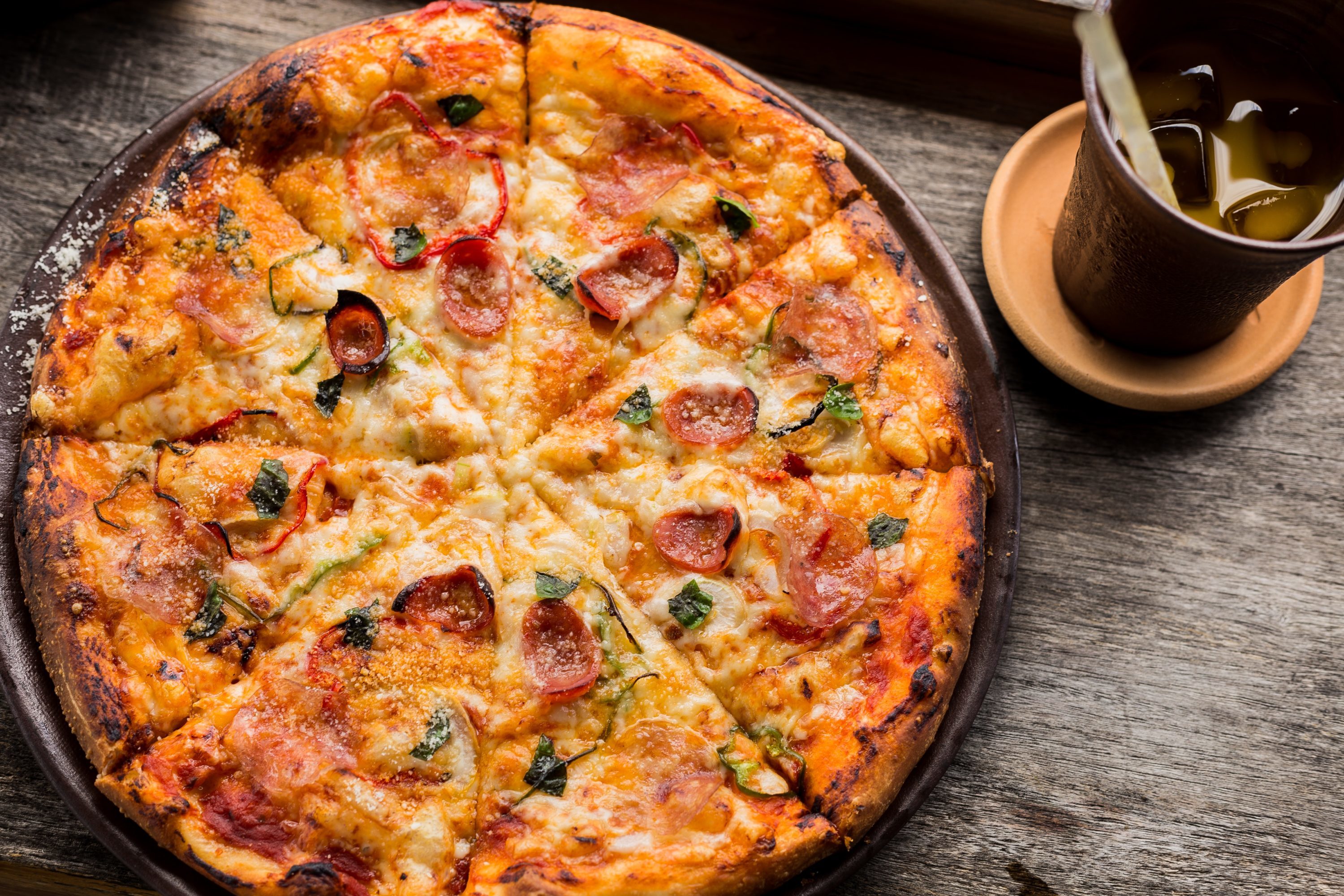Big Pizza's Delivery Moves Turn Up the Heat on Small Pizzerias

Photo Credit: A disparity in price favoring chains could steer customers away from local businesses. Unsplash
Skift Take
Pizza chains inking deals with third-party delivery companies will force independent pizzerias to make a choice: pay more to services to keep order counts coming or unplug and go at it alone.
Mom and pop pizzerias may have beat pizza chains to third-party delivery marketplaces years ago, but added competition from new entrants Pizza Hut and Papa John’s will force operators to choose between paying higher premiums to sustain visibility with customers or ditch services altogether.
Partnerships with Grubhub, Uber Eats, and the like notoriously offer restaurants increased order volume, due to targeted advertising on mobile apps. Business owners can also afford to cut back on in-house drivers, with delivery operations being outsourced. These services, however, already come at a 20 to 30 percent cost in fees per order.
Papa John’s and Pizza Hut have more resources to better leverage the market and negotiate down fees charged by delivery companies. Additionally, a disparity in price points favoring chains could steer customers away from local businesses.
“We will start to see independents react to make sure they don’t lose demand,” said Illr Sela, founder of Slice, a third party delivery startup, which caters to independent pizzerias and small pizza chains. “They [restaurants] will have to pay higher take rates to be featured higher up on third-party search results.”
Any decrease in business will also lead independents to unplug from aggregators, and rely on internal delivery channels, Sela predicts.
“Many businesses are starting to realize that these marketplaces are making them a lot busier, but at the end of the week, they’re working twice as hard and are not as profitable,” he said. “We’re seeing, on the independent side, pizzerias go on Grubhub and raise prices.”
Slice, which has more than 11,000 restaurant partners, charges clients a flat $1.95 fee per order — as to not “cannibalize restaurant margins,” according to the company. Average orders completed by its pizzeria clients are $30, which results in roughtly a 6.5 percent take rate for the service. Sela says that Slice has not witnessed any uptick in registered clients due to recent trends.
Better Quality Equals Higher Price
The average cost of a traditional 18-inch pizza pie in New York City in 2018 reached $16.98, Slice told the New York Post last May. Tack on delivery fees and tips paid by customers, and that amount could reach upwards of $21. By comparison, national pizza chains regularly advertise carryout deals or specialty pizzas at a fraction of the cost.
“If you’re searching delivery apps just for the best price, chances are you already know about the chain offerings and will order from Papa John's,” said Scott Wiener, founder of Scott's Pizza Tours, a company offering tours of hundreds of pizzerias across New York City.
Independent pizzerias are competing on quality, not price, Wiener added. Consumers also use third-party delivery services when they want to avoid chain pizza offerings.
Wiener, a published author and featured columnist for Pizza Today Magazine, began Scott's Pizza Tours in January 2008. For once, he says, pizzerias were ahead of the curve on one trend compared to their larger counterparts.
“It’s super significant to see them outsource delivery, since their whole business model was [in-house] delivery,” he said. “The point of third-party delivery companies is to give smaller restaurants the access to consumers that chains have."
